iPhone not really hottest smartphone in July, but could be in Sept
The iPhone didn't really outsell every other smartphone on the market during the month of July as an earlier study had implied, but new momentum generated by a recent $200 price cut could push the Apple handset atop the market segment rankings by the end of the month.
Word of the news sent Apple shares on a mini $4.50 (3 percent) surge before those same shares were beaten back down less than 24 hours later on investor speculation that the company's unprecedented 33 percent iPhone price cut meant sales were tracking far behind management's expectations.
Presumably under scrutiny, iSuppli on Thursday issued a "clarification" regarding its earlier report, in which it backpedaled on just how popular the Apple handset was amongst consumers during its first full month on the market.
"iSuppli’s sell-through research and the subsequent press release indicated that the iPhone outsold all smart phone models in July in the United States on an individual basis," the firm wrote. "While iSuppli stands by this analysis, it is important to note that iPhone’s retail sales did not exceed the combined retail sales of the entire BlackBerry line of smart phones in the United States in July."
In fact, when all sales of all BlackBerry models for the month of July were totaled together, they combined for approximately twice as many sales as the iPhone, iSuppli clarified. That would mean that Research in Motion's BlackBerry garnered an approximate 3.6 percent share of the US mobile handset market compared to Apple's 1.8 percent. But given its $200 price drop on the iPhone last week, Apple may be poised to build on that share in the immediate future, potentially trumping BlackBerry sales, if even for only a short time.
In a research note released to clients yesterday, Piper Jaffray analyst Gene Munster said his checks indicate that iPhone sales increased threefold in the first five days following the price cuts. He, along with a fellow wireless analyst, had previously spent 50 hours in Apple and AT&T retail stores attempting to gauge demand for the handsets and had concluded that the two firms were combining for sales of approximately 9,000 iPhones each day.
"As of Sunday, Apple had sold 730,000 units in the quarter, which suggests that in the 5 days since the price cut, Apple has sold 136,000 phones," Munster wrote in his new report. "This new run rate implies 27,000 iPhones per day, which clearly represents an initial surge that is not sustainable."
The analyst said iPhone sales will likely stabilize at an approximate 50 percent increase to the rates witnessed before Apple cut prices. Therefore, should Apple manage to sustain just a twofold increase in sales for the remainder of the month, it'll have a shot at besting sales of Research in Motion's entire BlackBerry mobile line during the month of September, as iSuppli erroneously reckoned that it did in July.
 Katie Marsal
Katie Marsal
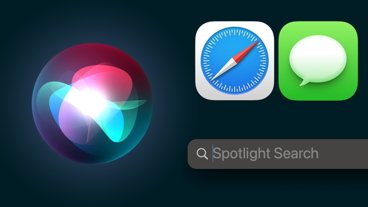
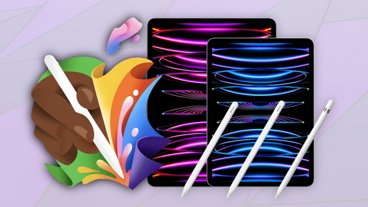
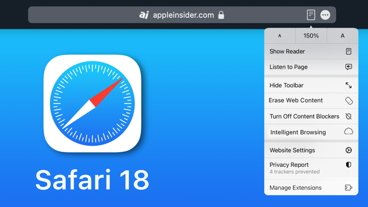
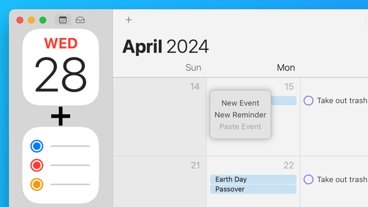
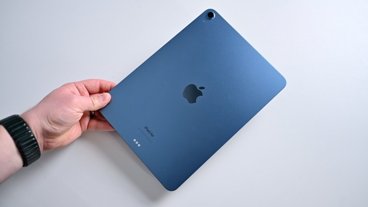
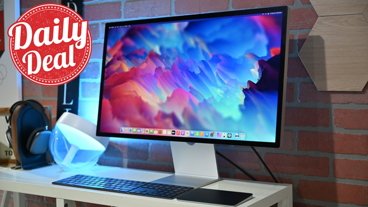
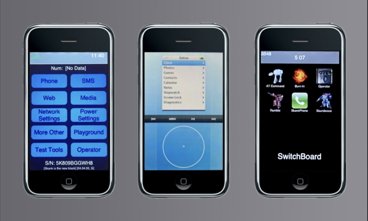

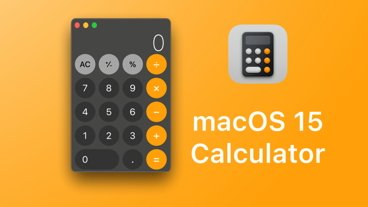

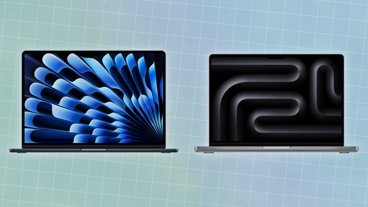

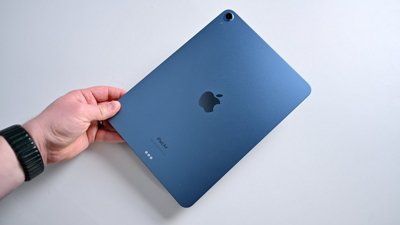
 Andrew Orr
Andrew Orr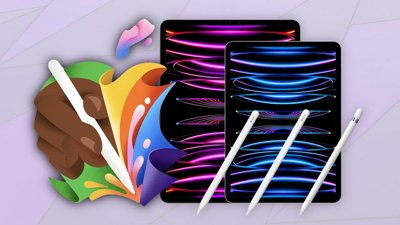
 Malcolm Owen
Malcolm Owen
 Christine McKee
Christine McKee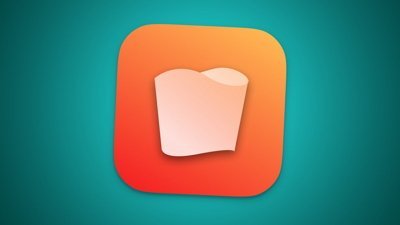
 Chip Loder
Chip Loder

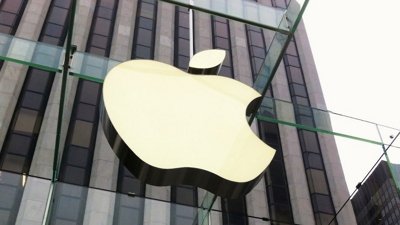
 William Gallagher
William Gallagher

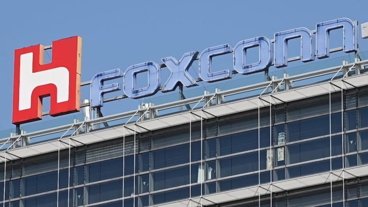



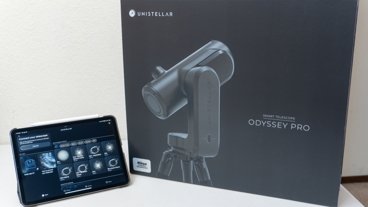

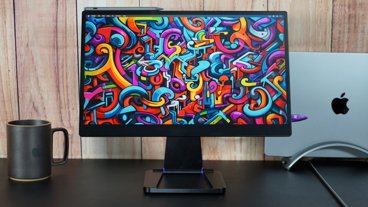

28 Comments
I just want to point out that the sales increase number of ~200% is VERY uncertain. Their sales estimate of 9,000/day put Apple at 864,000 when the price cut occurred (including the 270,000 in the last quarter). But if they were off by just ~10%, and the sales were actually 10,000/day (instead of 9,000) up to that point, then they would have sold 930,000. Then that would mean Apple would only have needed to sell 14,000/day the final five days. A 50% increase... NOT 200% !!!!
I think it's VERY possible that they were off by ~10% in their sales estimate as they sampled only a small fraction of stores, for only a total of 50 hours, and don't have a good indication of onlines sales.
Gene munster should be more careful when claiming these things. A small uncertainty in the daily sales estimate results in a massive uncertainty in the predicted increase in sales due to the price drop.
I just want to point out that the sales increase number of ~200% is VERY uncertain. Their sales estimate of 9,000/day put Apple at 864,000 when the price cut occurred (including the 270,000 in the last quarter). But if they were off by just ~10%, and the sales were actually 10,000/day (instead of 9,000) up to that point, then they would have sold 930,000. Then that would mean Apple would only have needed to sell 14,000/day the final five days. A 50% increase... NOT 200% !!!!
I think it's VERY possible that they were off by ~10% in their sales estimate as they sampled only a small fraction of stores, for only a total of 50 hours, and don't have a good indication of onlines sales.
Gene munster should be more careful when claiming these things. A small uncertainty in the daily sales estimate results in a massive uncertainty in the predicted increase in sales due to the price drop.
Yeah, you think he would be carefull in pulling his foot out of his mouth not to be sticking the other one in deeper...
Munster is all about his clients and his own ass, he doesn't care if Apple succeeds or fails... just that he can make a profit.
The rest is up to Apple. I'm a bit disappointed that Apple has allowed Jobs to put the company out there without an adequate iPhone growth strategy.
To me anyway, it's quite obvious that it's not that demand for the iPhone is lower than demand for the Blackberry, but a lot of people who wanted it either wouldn't pay, or couldn't afford to pay the $599 price tag (as nobody wanted the 4Gig version). With this new price the jump in sales is far from a surprise, now if you want one, you can likely get one. $399 isn't that much for this device, and things can only get better.
market research firm iSuppli said the iPhone accounted for 1.8 percent of all mobile-handset unit sales in July
Is that all mobile-handset unit sale worldwide?
Or US only?